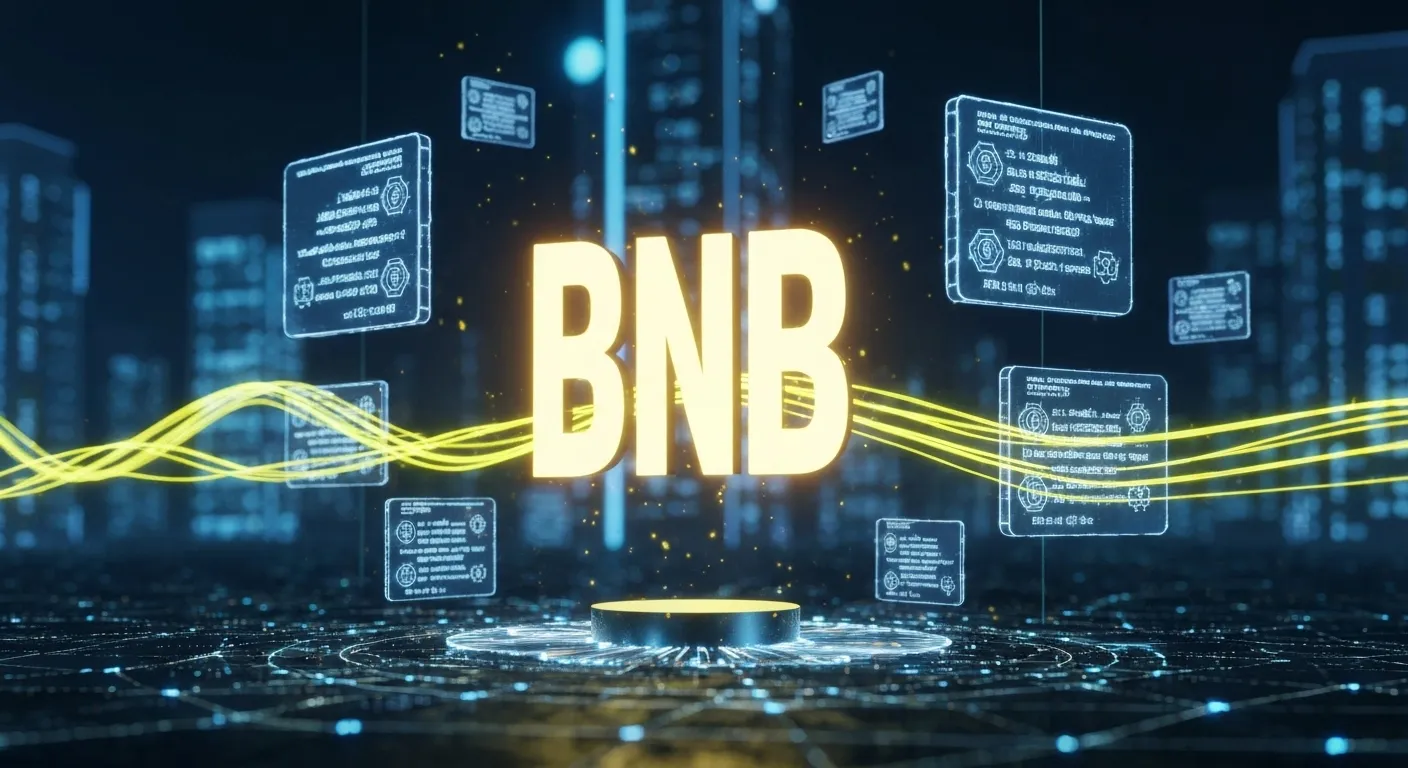How to Use BNB Greenfield for Decentralized Storage in Your dApps
So, I was chugging my coffee the other day, messing around with some dApp ideas, when I stumbled across BNB Greenfield. It’s like finding a shiny new toolbox in your garage except this one’s for decentralized storage! Imagine a system that’s fast, cheap, and lets users own their data, all while plugging into the BNB Chain ecosystem. I got nerd-level excited digging into this, and I gotta share the scoop. If you’re building dApps and want to level up, stick with me this is gonna be a game-changer.
What’s This Greenfield Thing?
BNB Greenfield is a decentralized storage network baked into the BNB Chain ecosystem. Think of it like a digital warehouse where data gets stored off-chain by storage providers (SPs), but the metadata lives on the Greenfield blockchain. It’s like brewing coffee in a fancy machine the beans (data) are handled off-site, but the recipe (metadata) is locked in a secure ledger.
What makes it cool? It integrates with BNB Smart Chain (BSC), so you can turn data permissions into tradable assets. Plus, its APIs feel like Web2 cloud storage like AWS or Dropbox so if you’ve coded for those, you’re halfway there. It’s built for speed, security, and giving users control. Who doesn’t love that combo?
Why It Matters for Your dApps
Let’s be real: storing data on L1 blockchains like Ethereum is like trying to run a race car on a dirt road slow and expensive. If you’re building a DeFi app, an NFT marketplace, or a gaming platform, you need a better way to handle data. Greenfield’s your answer. It’s fast, dirt-cheap compared to on-chain storage, and lets users own their data, which is the whole Web3 vibe.
Here’s the kicker: Greenfield opens up new business models. Users can monetize their data in marketplaces, like selling digital art or game stats. It’s like opening a coffee shop where customers can trade their own blends. This kind of flexibility is why Web3’s blowing up, and Greenfield’s right in the middle of it.
How to Track It
Alright, let’s get technical. To build with Greenfield, grab a framework like Hardhat or Truffle to test your smart contracts. Then, dive into Greenfield’s SDKs they’re like a Swiss Army knife for connecting to the blockchain and SPs. You’ll create “buckets” (think folders) to store data, set permissions (who can read or write), and let SPs handle the heavy lifting off-chain.
Want to integrate with BSC? There’s a native cross-chain bridge that makes it a breeze. Test everything on Greenfield’s Congo Testnet first I learned the hard way after burning some BNB on a sloppy mainnet deploy. Ouch. Use APIs from SPs or tools like GreenfieldScan to monitor data flow. For wallets, MetaMask or Trust Wallet work great since Greenfield supports Ethereum-compatible addresses. Keep it user-friendly nobody wants to fiddle with settings mid-transaction.
Real-World Example
Let me paint a picture. Take NFPrompt, a platform where users create AI-generated NFTs. They use Greenfield to store the data behind those NFTs think images, metadata, all that jazz. Users upload their creations, set access permissions, and even sell data rights in a marketplace, all while keeping costs low and speeds high. Another example? MindPress, a data marketplace where users trade datasets like they’re Pokémon cards. It’s seamless because Greenfield handles the storage, and BSC handles the trading.
Compare that to a dApp storing data on a centralized server or an L1 chain. You’re either begging for a hack or drowning in gas fees. It’s like brewing coffee with a broken machine frustrating and wasteful. Greenfield’s like a shiny new espresso maker.
How to Use It
So, how do you make this work for your dApp? First, pick a use case. Maybe you’re building a gaming app where players store their progress, or a social platform where creators own their content. Use Greenfield’s SDKs to manage data create buckets, upload files, and set permissions. If you want to get fancy, integrate with BSC to turn data into tradable NFTs or tokens. For example, a user could sell access to their game stats as an NFT.
Keep UX dead simple. Users shouldn’t know they’re dealing with a blockchain it should feel like Dropbox or Google Drive. Promote your dApp on X, hype up how it uses Greenfield’s speed and low costs, and watch users pile in. Oh, and always test rigorously blockchains are like vintage cars; they’re awesome but need constant tweaking.
Quick tangent: I once spent an hour debugging a contract only to find out my Wi-Fi dropped because my roommate was streaming 4K cat videos. Gotta love tech life.
Wrapping It Up
BNB Greenfield’s like a secret weapon for dApp developers. It’s fast, affordable, and puts data control in users’ hands, all while tying into the BNB Chain ecosystem. I’m totally stoked about what you can build with this, and I bet you’re itching to try it too. Want to turn this knowledge into real trades or projects? Check our daily BNB analysis at Bitmorpho and start cooking up something epic!

